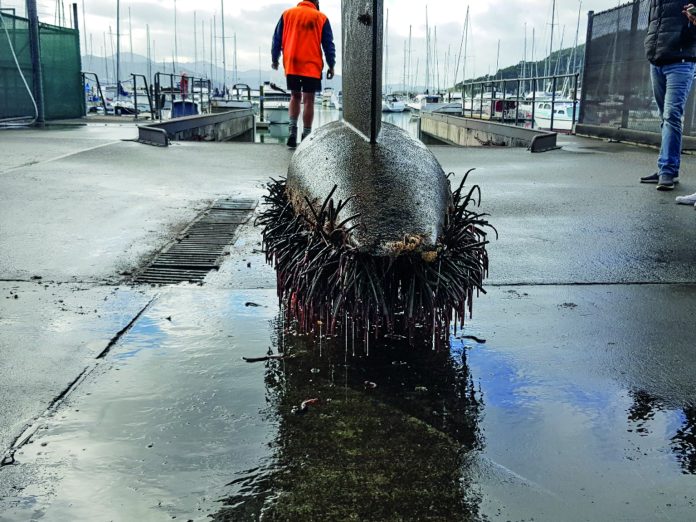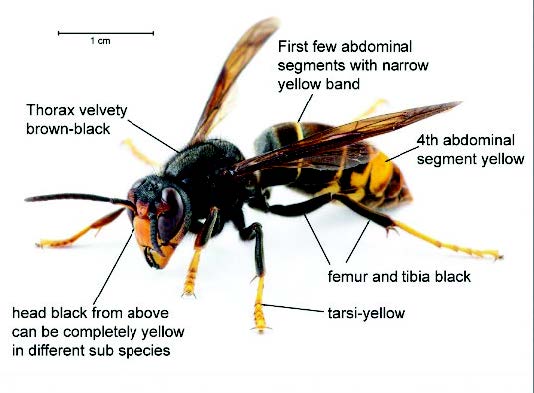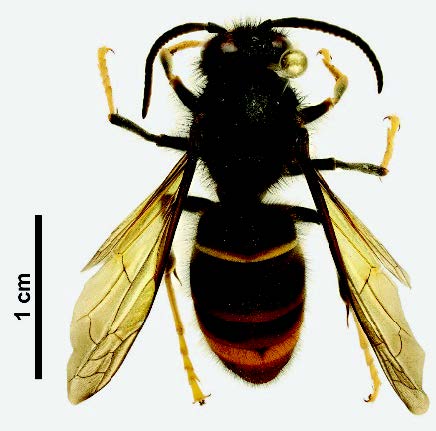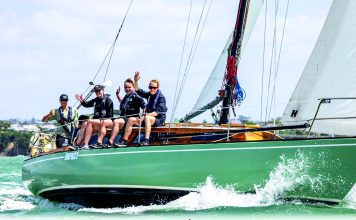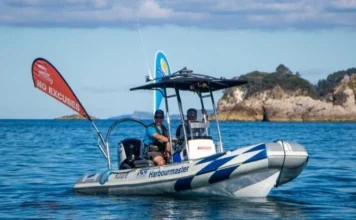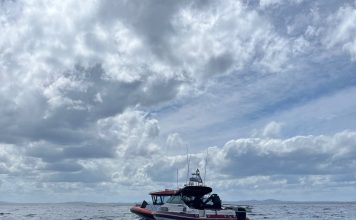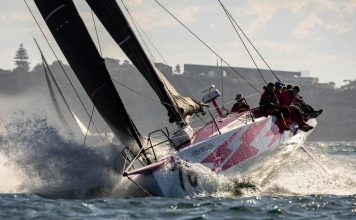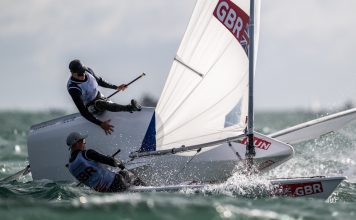Whangapoua Harbour, on the eastern side of the Coromandel Peninsula, has officially been declared free of the invasive Mediterranean fanworm (Sabella spallanzanii) — a marine pest known for choking out native species and fouling boat hulls. The confirmation follows five consecutive years of surveillance without a single detection.
Waikato Regional Council’s marine biosecurity team conducts dive operations across the Coromandel and Waikato’s west coast to monitor high-risk sites, including marinas, moorings, wharves and aquaculture areas. The programme targets known pests such as sabella and clubbed tunicate (Styela clava), both capable of spreading rapidly through vessel movement.
Sabella was first discovered in Whangapoua in August 2018, attached to a vessel berthed alongside the wharf. A single fanworm measuring 220 millimetres was later removed from beneath the wharf in June 2020. Since then, annual surveys have confirmed no further sightings.
Under national biosecurity guidelines, an area can only be declared free of sabella after five consecutive years without detection — a milestone now achieved.
A collaborative effort
Waikato Regional Council Marine Biosecurity Officer Dave Pickering says the result reflects a successful partnership between the council, Biosecurity New Zealand, and the Bay of Plenty Regional Council dive team, who acted quickly to contain the initial incursion.
“Sabella poses a significant risk to New Zealand’s coastal environment,” Pickering explains. “It forms dense colonies that compete with native species such as scallops for food and space, and can foul hulls, wharves and aquaculture gear. Once established, it’s extremely difficult to remove.”
He notes that boaties play a vital role in stopping the spread.
“Vessel owners are critical partners in coastal biosecurity. Last year we found sabella on five boats in Whangamatā Harbour. Thanks to quick cooperation, those vessels were hauled out and cleaned before the pest could spread further.”
Staying vigilant
The council launched its marine biosecurity surveillance programme in 2017, shortly after sabella was discovered on two Auckland barges in Coromandel Harbour in 2013.
With Whangapoua Harbour now confirmed sabella free, the challenge will be keeping it that way. Ongoing checks — and clean hulls — remain essential.
“Early detection and quick action make all the difference,” says Pickering. “The boating community’s vigilance is what keeps our harbours healthy.”








